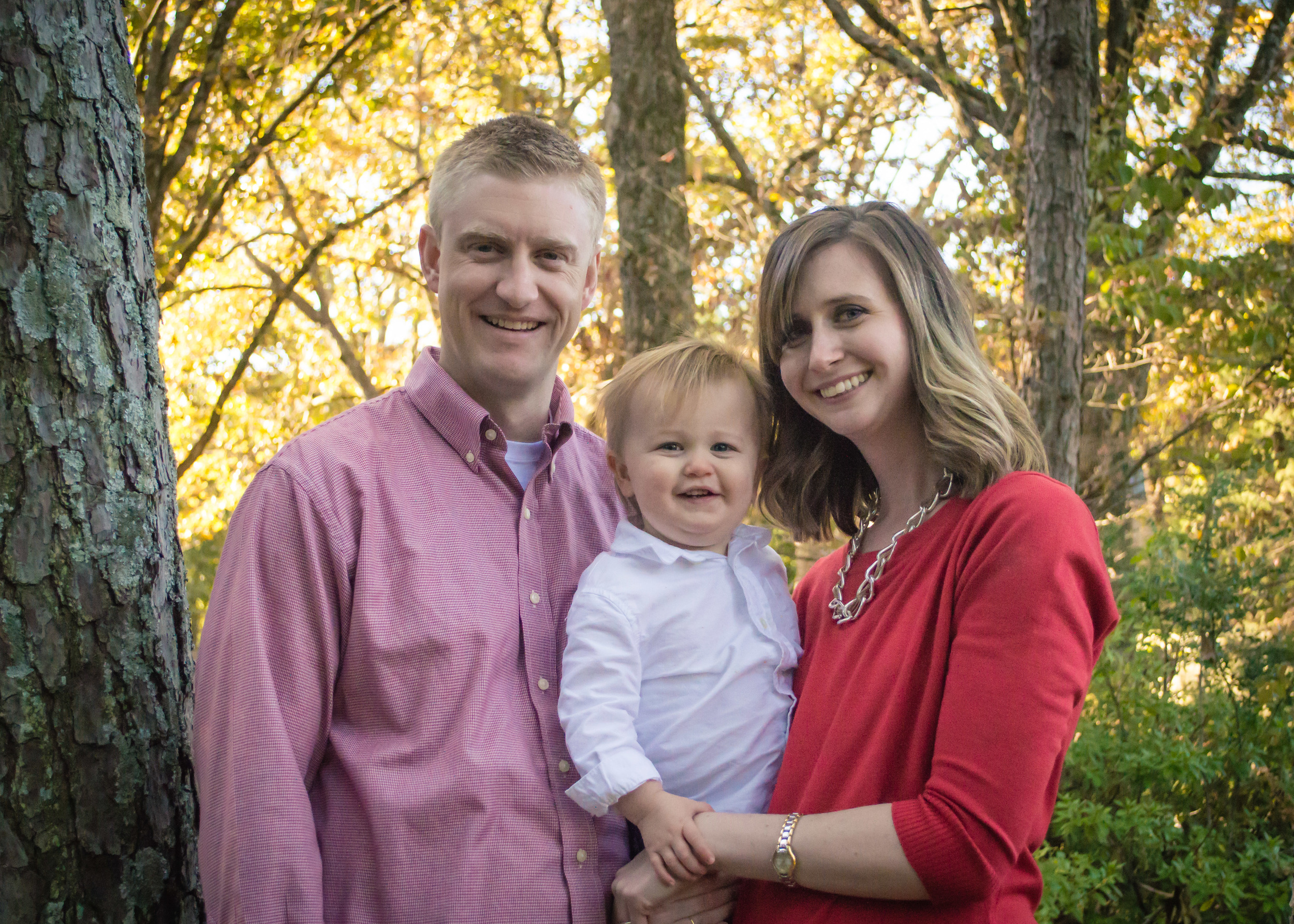Starting this month, the Ruggnotes will be dedicated to one personal financial planning idea each month. I am calling this Idea$ 2014, with the intention that the idea each month will help readers address a new part of their financial lives. To begin, January 2014 is dedicated to Budgeting. Almost any financial goal can be achieved by using a budget. Unfortunately, the word "budget" has a negative connotation in our society today. People do not want to be limited or told what to do, especially on how they spend their money. A common response is "I work hard for my money, and I don't need anyone telling me what I can and can't spend it on!" However, speaking from personal experience , once you buy into the budgeting process and see how rewarding it is to set and achieve financial goals, you will find that a budget is not nearly as limiting as you think.
If you already have a budget, January is a great time to update it for the new year. If you don't have a budget, I am offering the following thoughts on how to analyze spending and create a budget. To help, I could think of no better example to use than what I do in my own house, so these ideas are coming straight from my personal experience.
Big picture
The first step is to look at major expenditures throughout the previous year. These would include anything that are not monthly recurring amounts or are large enough dollar-wise to not absorb in a normal month. Some examples are car insurance, property/real estate taxes, or annual memberships. We own a home and cars, so we also consider any large maintenance expenses, such as new tires or tree trimming. Identifying these large expenses and when they will occur can help you develop your monthly budget and how much money you need to have in savings.
Once you have looked at the big picture, it's time to develop the monthly budget. Here is a picture of the spreadsheet we use:

What is "the budget"?
Before budgeting for monthly expenses, it is important to determine your actual "budget". In simple terms, your budget each month equals your net take home pay for one month. You can spend less than that (which is encouraged), but you can't spend more.
Fixed expenses
The first part of your monthly budget should be the fixed expense section. Fixed expenses include anything that is paid on a regular basis, is not discretionary, and the amount is known or can be reasonably estimated. Some examples are mortgage/rent payment, utilities, daycare, etc. Knowing these amounts is vital because they will help you determine how much actual discretionary income you have, because you have to pay these items no matter what. We actually include our monthly savings amounts as fixed expenses to be consistent with the theory of paying ourselves first.
Semi-fixed expenses
The next part of a monthly budget can be called the semi-fixed expense section. This includes expenses that are kind of discretionary, but not completely optional, like groceries and gas for the cars. We know we will have to buy groceries and gas, but by setting a budget we are less likely to make impulse purchases at the grocery store.
Variable expenses
Variable expenses are just that - variable, optional, discretionary. This includes eating out, entertainment, gifts,and a column with the very descriptive title "Other". We budget these categories by taking our monthly take home pay and subtracting fixed expenses and semi-fixed expenses. Whatever is left over we allocate between these categories. One key to this is that both my wife and I have our own columns. Each month we both know we have $xx to spend on whatever we want. This is the money we use to go out to lunch, pay entry fees to run in races, play golf, get manicures or buy clothes. Setting a reasonable budget for variable expenses, and sticking to that budget, is the key to making your budget work each month.
Net (over) under
At the end of each month, we look to see if we are over or under. This is to say that if our monthly expenses exceed our monthly take home pay, we are over. If we are over, we try to figure out why and make it up next month. If we are under, we transfer that extra money to our savings or make an extra payment on the house.
Budgeting does not have to be an arduous, time consuming project. A simple spreadsheet works for us. There are also some great tools on the internet. My favorite is Mint, which I was introduced to by a friend of mine a few years ago. Mint pulls in your transactions over the internet and lets you categorize them, and will also guide you through creating a budget. Mint also has an app for smartphones and tablets, so you can see in real time where you stand.
January is a great time to create or update your budget. Using the tips above, you should be able to identify trouble areas in your spending, and set and achieve reasonable goals.

